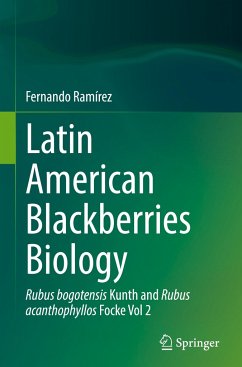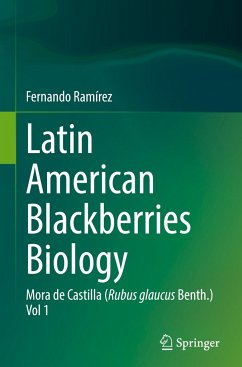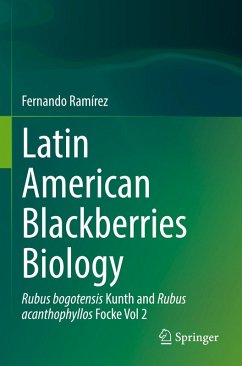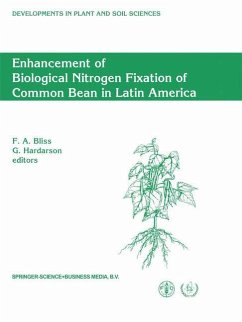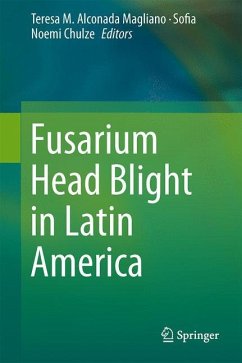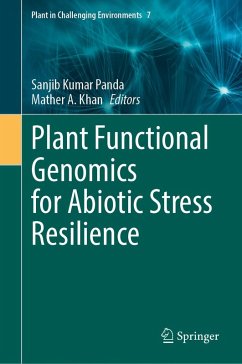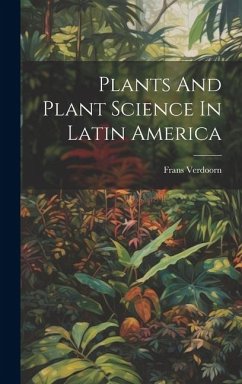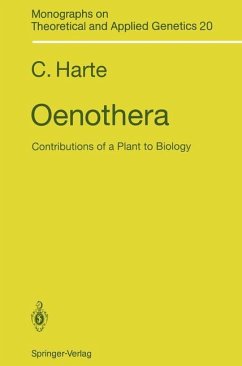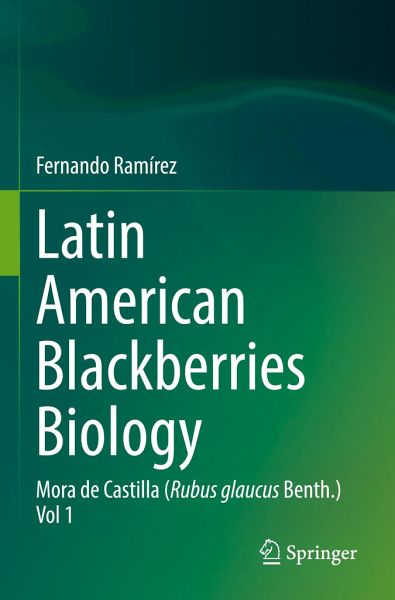
Latin American Blackberries Biology
Mora de Castilla (Rubus glaucus Benth.) Vol 1
Versandkostenfrei!
Versandfertig in 6-10 Tagen
106,99 €
inkl. MwSt.
Weitere Ausgaben:

PAYBACK Punkte
53 °P sammeln!
The current book focuses on Mora de Castilla (Rubus glaucus Benth.). It explores aspects, such as origin, phenology, propagation, floral and fruit morphology, arthropod visitors, pollination mechanisms, propagation methods, chromosome number, fruit development, breeding, morphological diversity, and the impact of climate change. It includes novel data about plant phenology, flowering, insect visitors, seed germination, fruit morphology, and allometric relationships. This work includes an in-depth review of the most recently published information on the topic. Mora de Castilla is an economicall...
The current book focuses on Mora de Castilla (Rubus glaucus Benth.). It explores aspects, such as origin, phenology, propagation, floral and fruit morphology, arthropod visitors, pollination mechanisms, propagation methods, chromosome number, fruit development, breeding, morphological diversity, and the impact of climate change. It includes novel data about plant phenology, flowering, insect visitors, seed germination, fruit morphology, and allometric relationships. This work includes an in-depth review of the most recently published information on the topic. Mora de Castilla is an economically important fruit crop from the Andes. It has been crossed with other Rubus species due to its high yield and everbearing habit. Currently, it is an economically important plant. It has been hybridized with other Rubus species producing new and better-quality hybrids This book contains numerous photographs selected by the author to provide the reader with detailed information about the plant´s morphological features and arthropod visitors.



